US Water Systems Escort 091-EPWS-1 User manual
Other US Water Systems Water Dispenser manuals

US Water Systems
US Water Systems FSF-150 User manual
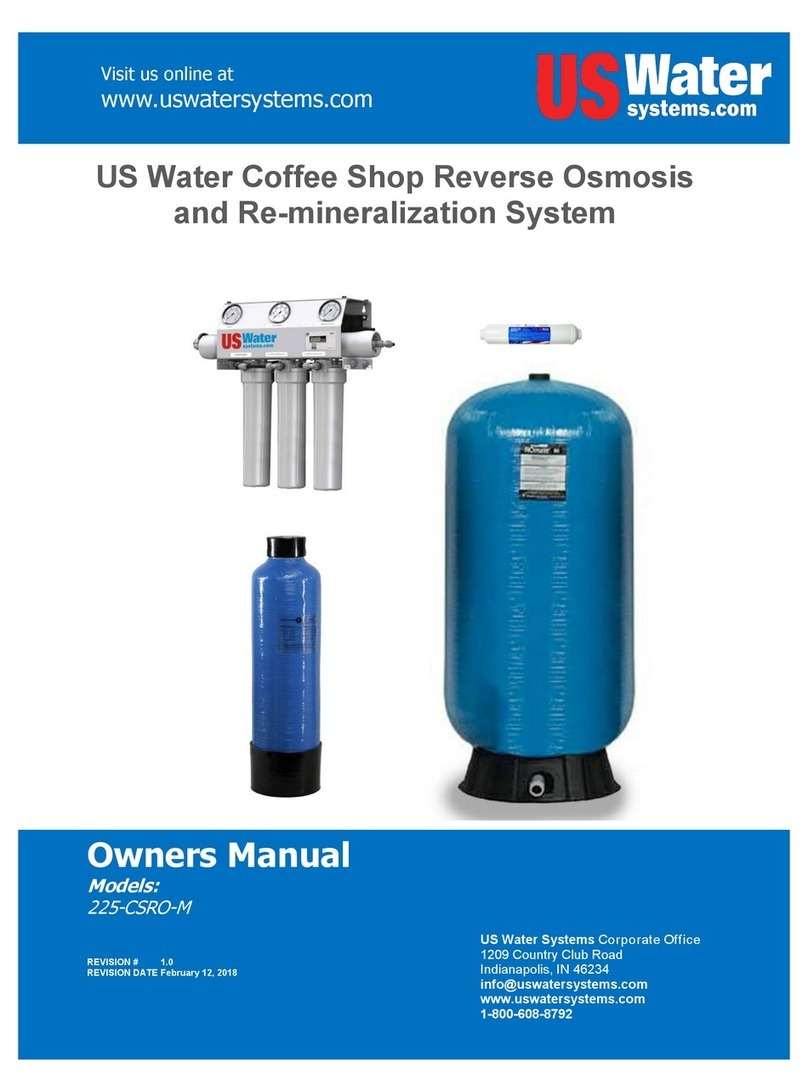
US Water Systems
US Water Systems 225-CSRO-M User manual
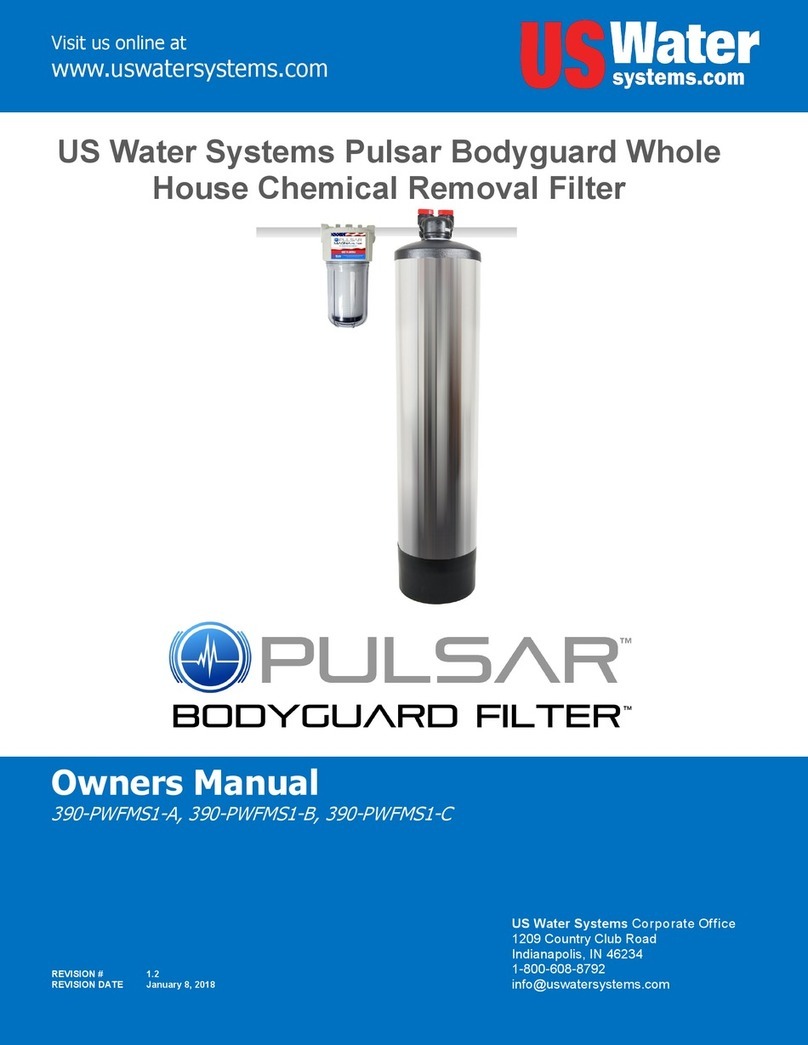
US Water Systems
US Water Systems Pulsar Bodyguard 390-PWFMS1-A User manual
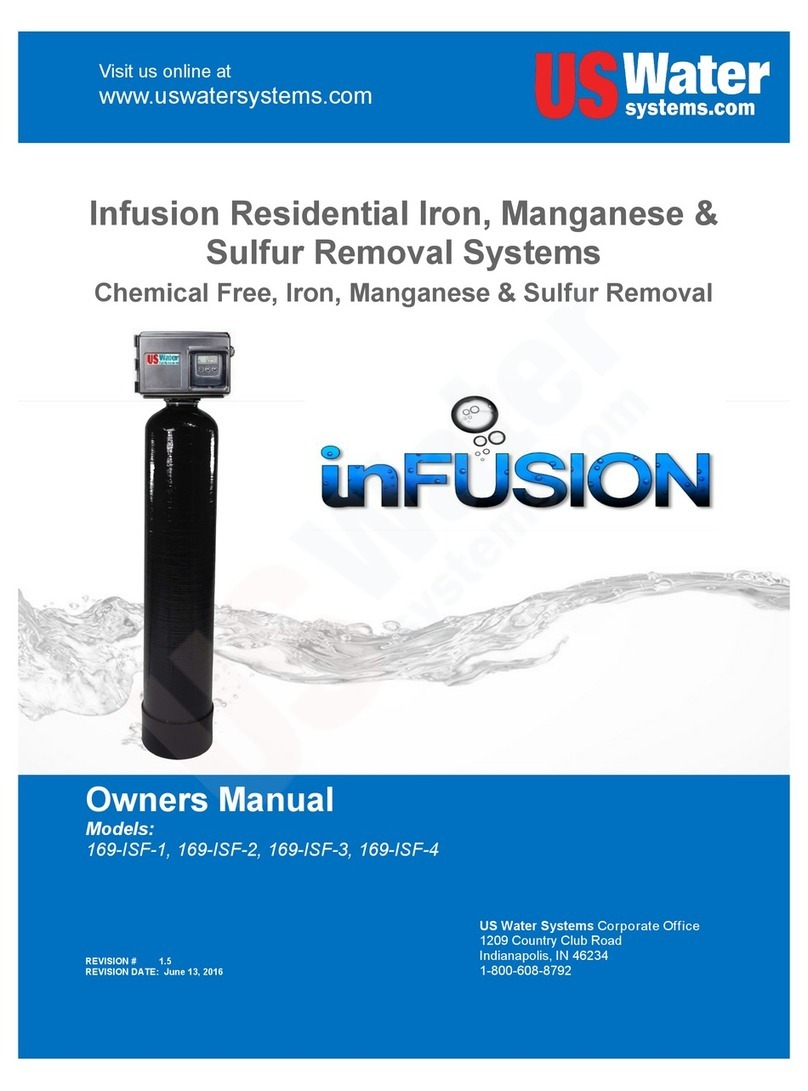
US Water Systems
US Water Systems 169-ISF-1 User manual
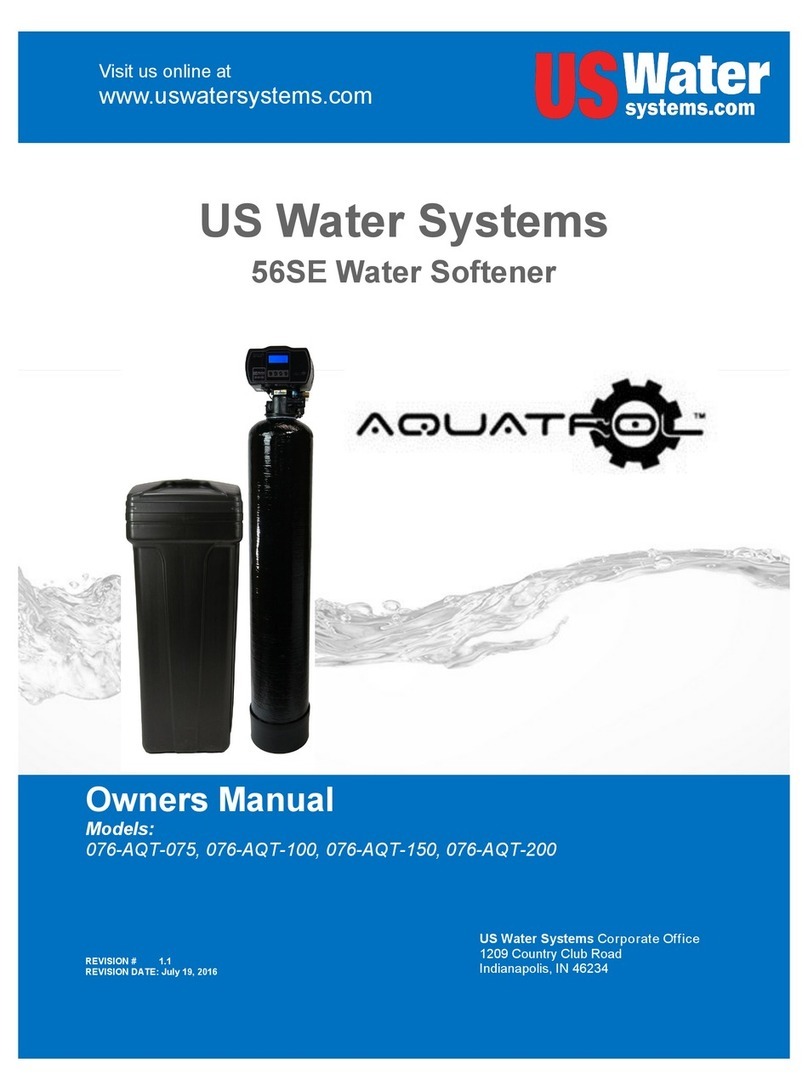
US Water Systems
US Water Systems 076-AQT-075 User manual
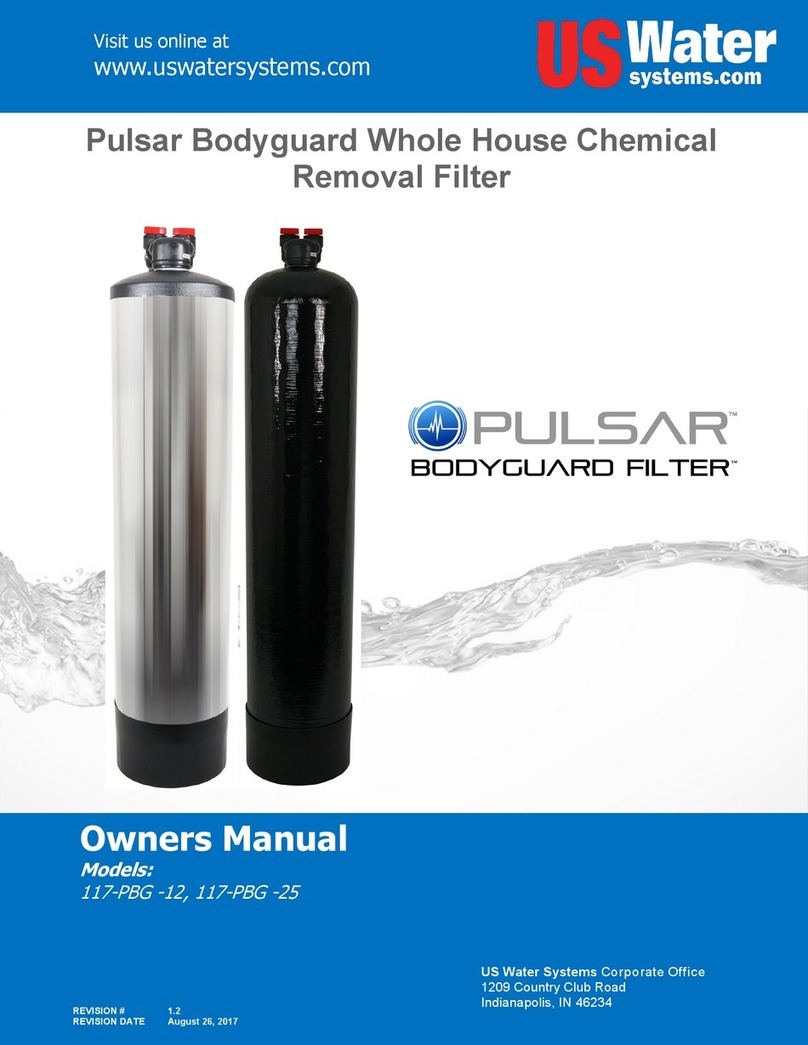
US Water Systems
US Water Systems Pulsar Bodyguard 117-PBG-12 User manual
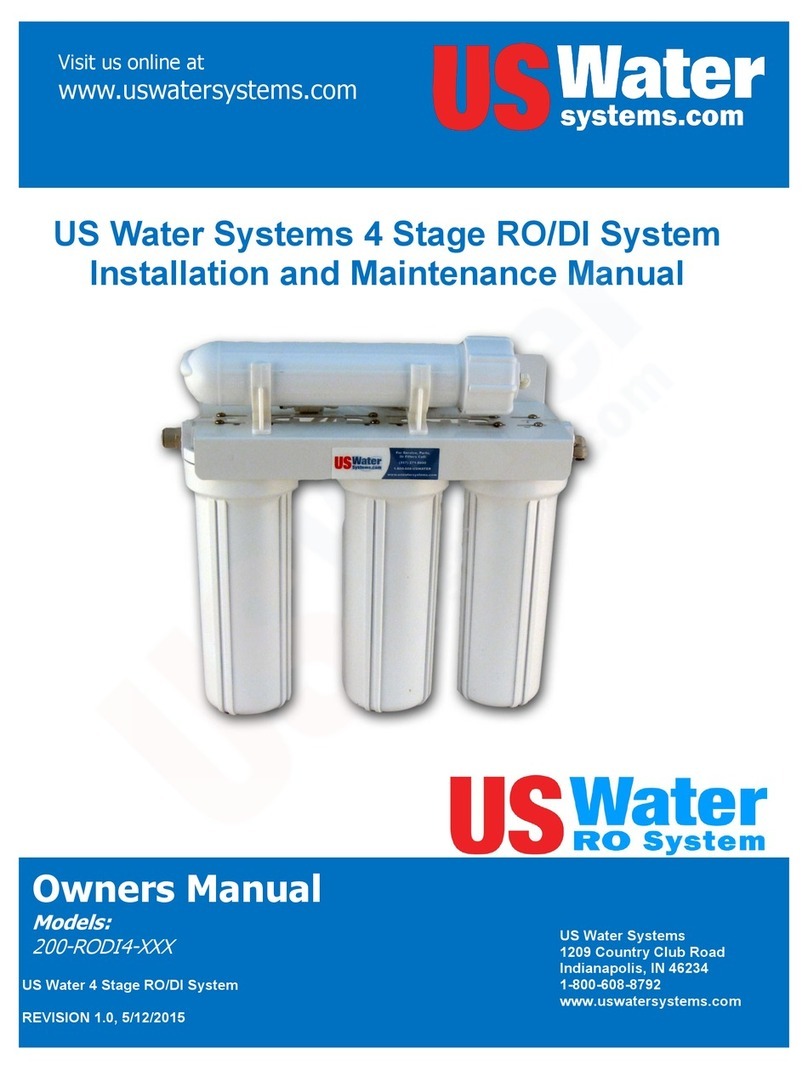
US Water Systems
US Water Systems 200-RODI4 series Manual
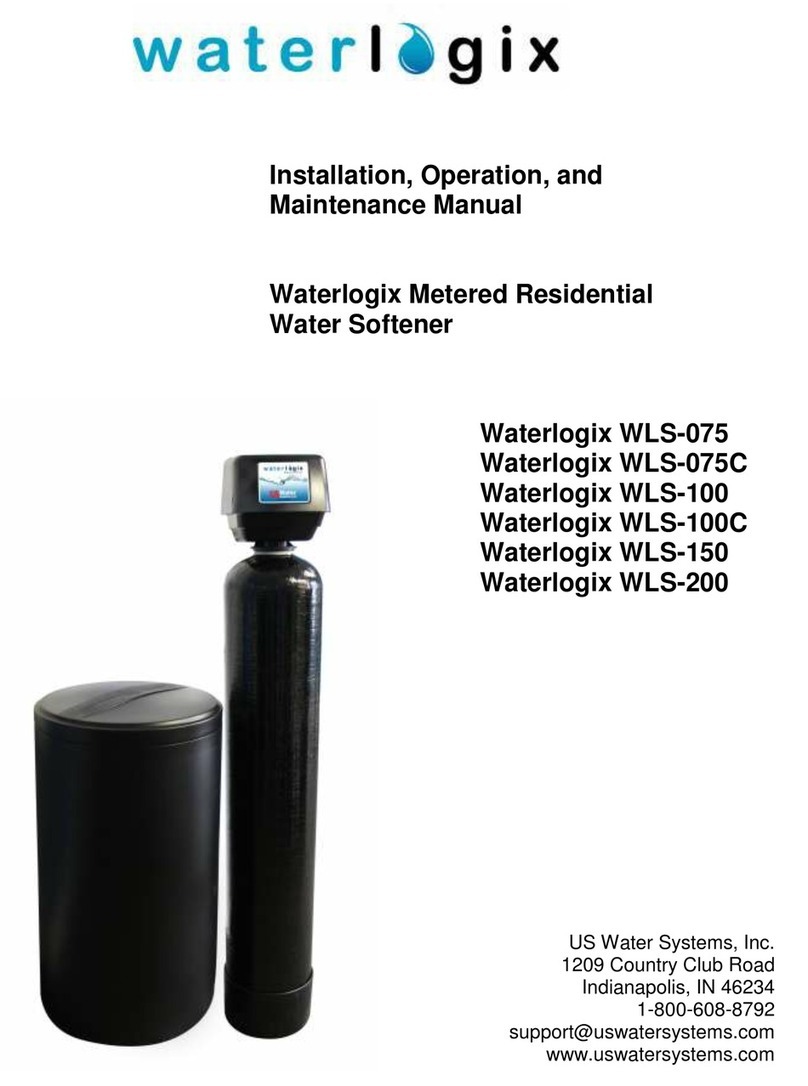
US Water Systems
US Water Systems Waterlogix WLS-075 User manual
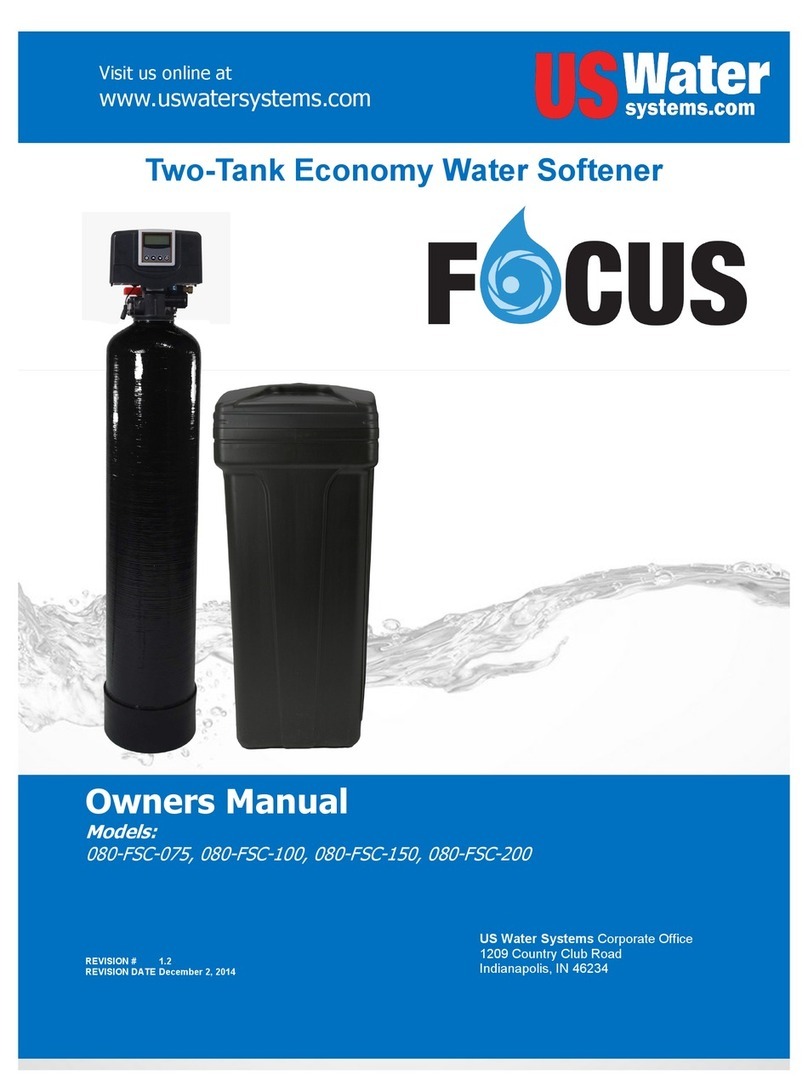
US Water Systems
US Water Systems 080-FSC-075 User manual

US Water Systems
US Water Systems Ultimate Dual Superfilter FSF-250 User manual
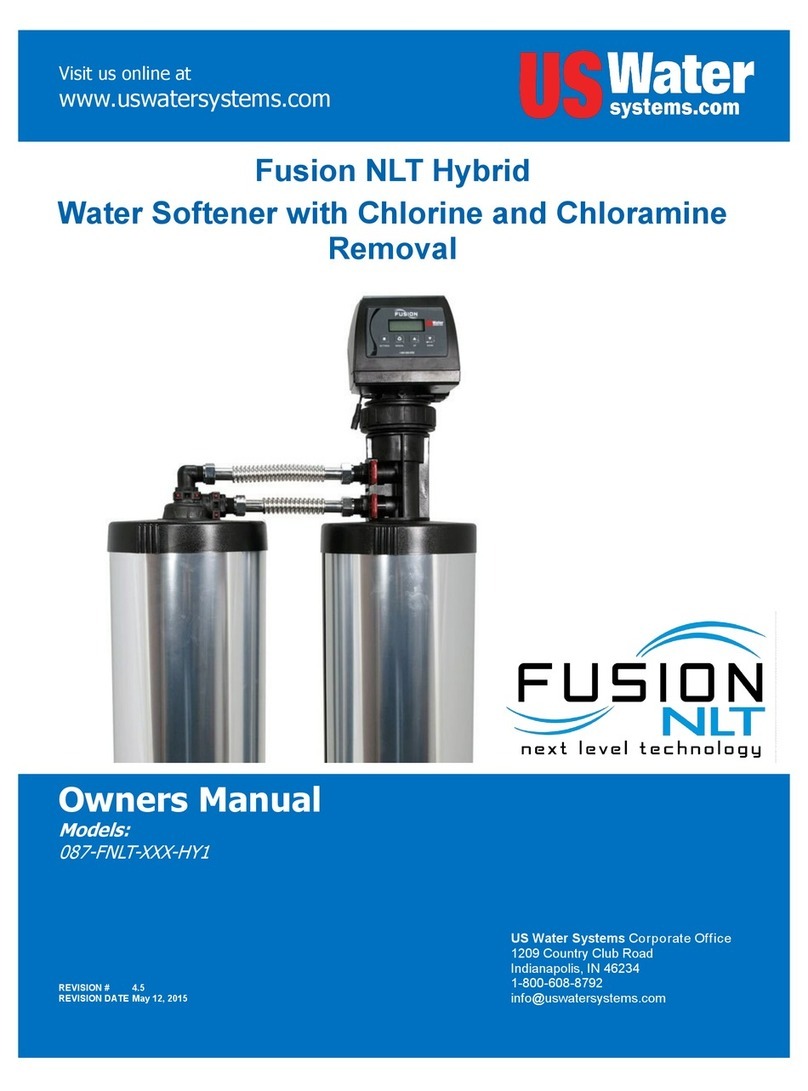
US Water Systems
US Water Systems FNLT-100-HY User manual
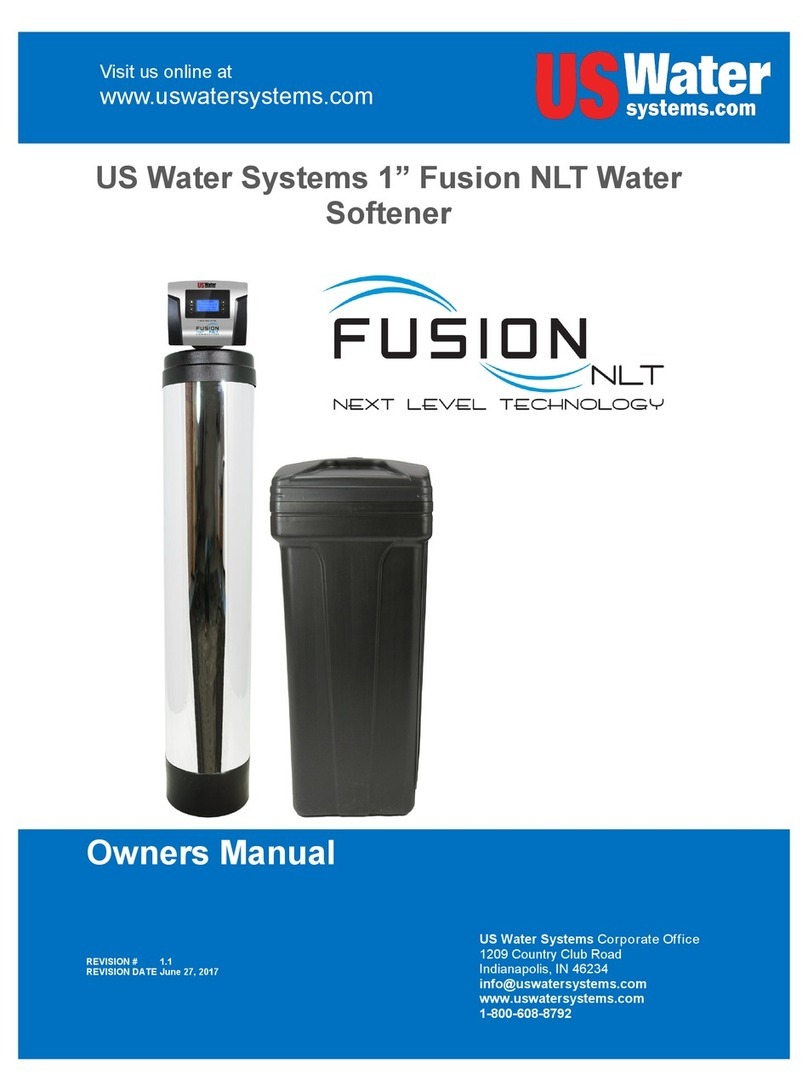
US Water Systems
US Water Systems Fusion User manual
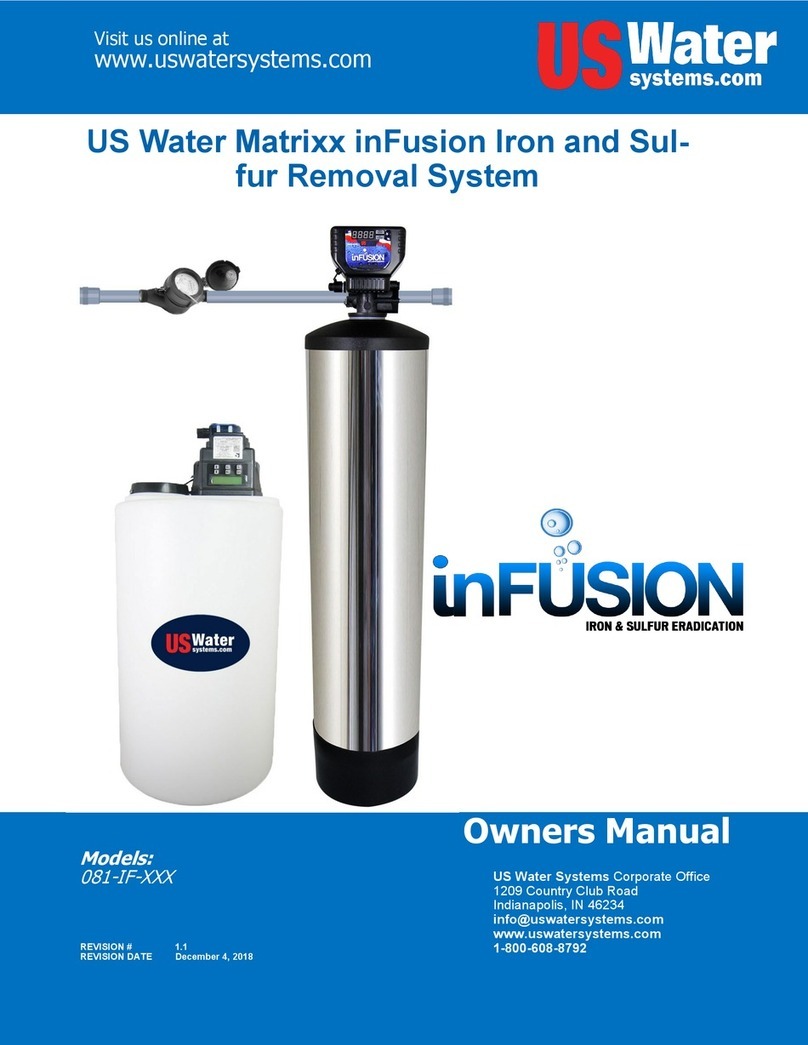
US Water Systems
US Water Systems Matrixx inFusion 081-IF Series User manual

US Water Systems
US Water Systems Aquatrol 075-AQF-CX User manual
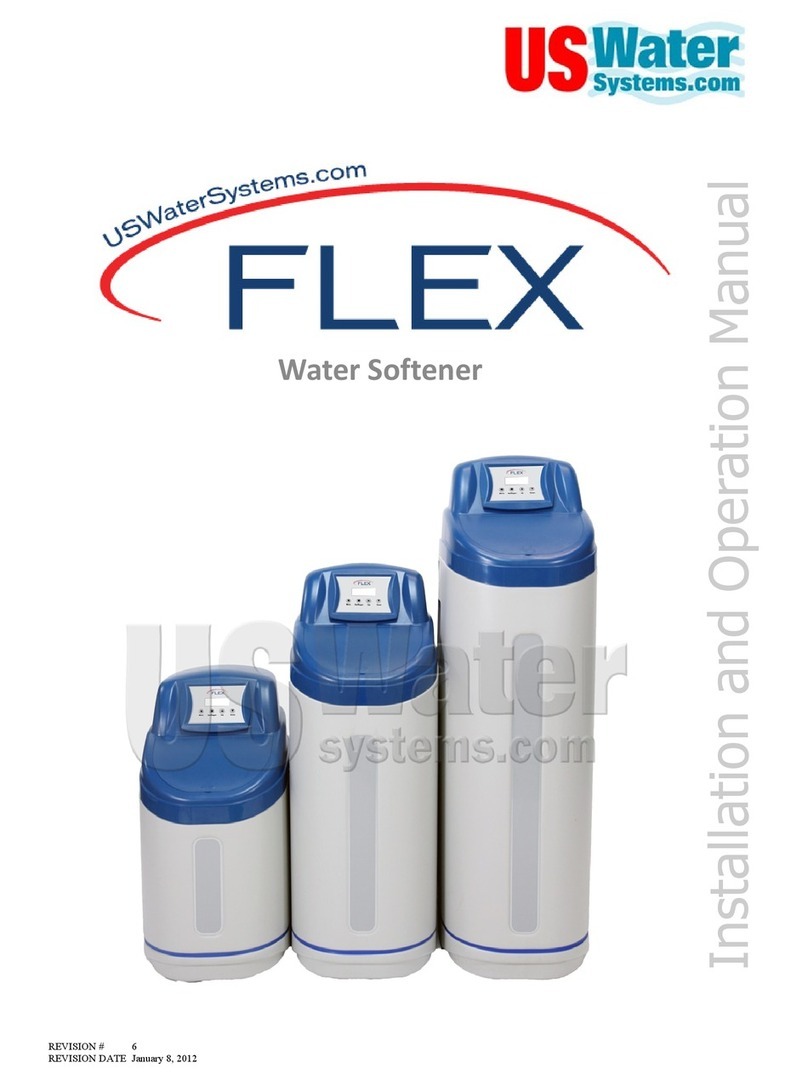
US Water Systems
US Water Systems Flex ECS-20 User manual
Popular Water Dispenser manuals by other brands

IBC Water
IBC Water AST0715MP-960 Installation & operating instructions

Lancaster Water Treatment
Lancaster Water Treatment X FACTOR LX15 Series Installation, operating and service manual

Elkay
Elkay EMABF8 Series Installation & use manual

Oasis
Oasis Osmosis Home installation manual

Monarch Water
Monarch Water ULTIMATE MINI AQUA HE install guide

Haier
Haier HLM-109B instruction manual





















